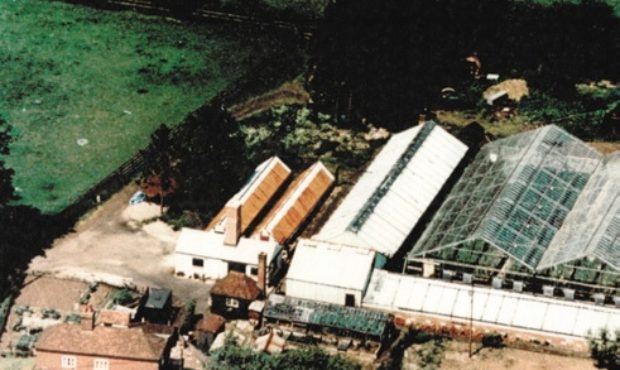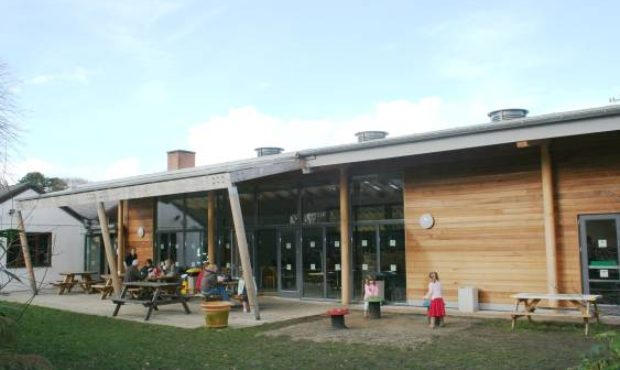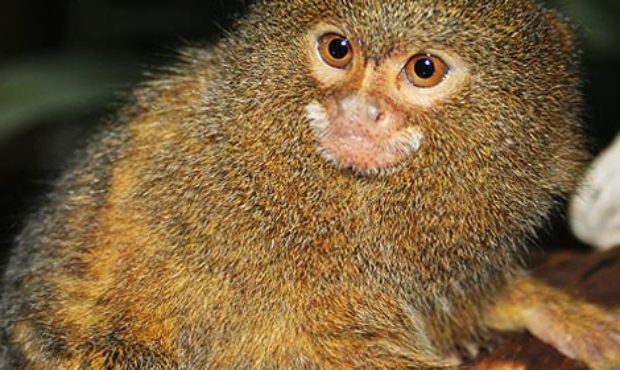About the Living Rainforest

About us
The Living Rainforest Centre is run by the Trust for Sustainable Living.
We welcome around 100,000 visitors each year, including 25,000 children on school trips. Visitors can experience the sights, sounds and smells of a lush tropical rainforest environment – and explore how plants, animals, human needs, economies and cultures are all linked.
The centre is home to over 800 species of plants and animals, including rare and endangered species of global conservation value.

About our charity
The Trust for Sustainable Living is a global educational charity, with the aim of helping the next generation to achieve a sustainable future.
In addition to running the centre, TSL organises an acclaimed international schools essay competition and debate involving over 2,500 school children and Teacher Champions in 117+ countries, giving children a global platform to help shape a better future.

Our history
The Living Rainforest has evolved over many years. Originally home to one of Europe’s leading orchid nurseries, in the early 90’s the shoe magnate Keith Bromley led its conversion into Wyld Court Rainforest visitor centre.
In 2000, after a short time under the World Land Trust, the centre was taken over by Karl Hansen who re-established it as The Living Rainforest centre, featuring ecosystem and sustainability exhibits – and part of a global educational charity working with schools around the world, the Trust for Sustainable Living.

Sustainability at the Living Rainforest
Wherever possible, we act as a sustainability demonstration centre and incorporate sustainable building materials, construction techniques and renewable energy sources into our buildings and operations.
Key sustainable design projects to date include our ‘Human Impact Building’ and biomass boiler completed in 2006.

Animal welfare at the Living Rainforest
We are proud of our high standards of animal welfare at the Living Rainforest centre. We ensure that our animals have the five basic freedoms for animals in captivity. We also strictly follow and go beyond BIAZA guidelines, and aim to allow animals to live as they would in the wild as far as possible.
